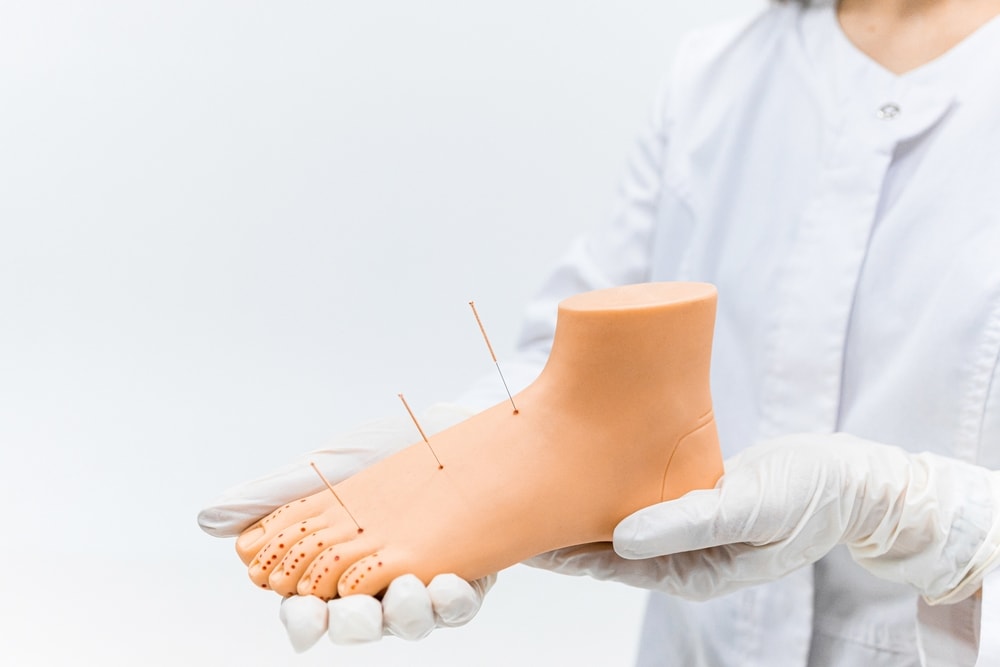What is a Medical Spa? A Comprehensive Guide
When you hear the term “spa,” you might think of a place to get a relaxing massage or a facial. However, a medical spa, also known as a med spa, is a bit different. Medical spas offer a range of treatments and services that are designed to improve your overall health and wellness, as well as your appearance. In this article, we’ll take a closer look at what a medical spa is, what sets it apart from a regular spa, and the benefits of visiting one.
What sets a medical spa apart from a regular spa?
A medical spa is a hybrid between a medical clinic and a day spa. Unlike a traditional spa, a medical spa is staffed by licensed healthcare professionals, such as physicians, nurse practitioners, and registered nurses. This means that medical spas can offer a wider range of treatments than regular spas, including medical-grade facials, injectables, laser treatments, and more.
Benefits of visiting a medical spa
There are many benefits to visiting a medical spa, including:
- Improved health and well-being: Medical spas offer treatments that can improve your physical and mental health, such as massage therapy, acupuncture, and meditation.
- Anti-aging benefits: Medical spas offer a range of treatments that can help reduce the signs of aging, such as wrinkles and fine lines.
- Reduced stress and anxiety: Many of the treatments offered at medical spas are designed to help you relax and reduce stress and anxiety.
- Enhanced appearance: Medical spas offer a range of treatments that can help improve your appearance, such as skin rejuvenation, body contouring, and hair removal.
- Improved self-esteem and confidence: When you look and feel your best, you’re likely to feel more confident and have higher self-esteem.
Types of treatments offered at medical spas
Medical spas offer a wide range of treatments and services, including:
- Skin care treatments: Medical spas offer a range of skin care treatments, such as chemical peels, microdermabrasion, and facials.
- Body treatments: Medical spas offer a range of body treatments, such as body wraps, massage therapy, and acupuncture.
- Facial treatments: Medical spas offer a range of facial treatments, such as Botox injections, dermal fillers, and laser skin resurfacing.
- Laser treatments: Medical spas offer a range of laser treatments, such as laser hair removal, laser skin resurfacing, and laser tattoo removal.
- Injectable treatments: Medical spas offer a range of injectable treatments, such as Botox, dermal fillers, and Kybella.
- Wellness treatments: Medical spas offer a range of wellness treatments, such as acupuncture, meditation, and nutrition counseling.
Safety measures at medical spas
Because medical spas offer treatments that are more invasive than those offered at regular spas, it’s important that they adhere to strict safety protocols. Here are some safety measures that you should look for when choosing a medical spa:
- Licensing and certification requirements: Make sure that the medical spa is licensed and that the staff are certified and trained in the treatments that they offer.
- Proper sanitation and sterilization: The medical spa should follow strict guidelines for cleaning and disinfecting their equipment and treatment rooms.
- Use of trained medical professionals: Medical spas should have licensed healthcare professionals on staff, such as physicians, nurse practitioners, and registered nurses.
- Adherence to safety protocols: The medical spa should have clear safety protocols in place for all treatments, and staff should be trained in how to respond to emergencies.
How to choose the right medical spa for you
Choosing the right medical spa can be a daunting task, but there are several things that you can do to ensure that you find the right one:
- Researching options: Look online for medical spas in your area and read reviews to get an idea of their reputation.
- Checking credentials and certifications: Make sure that the medical spa is licensed and that the staff are certified and trained in the treatments that they offer.
- Reading reviews: Look for reviews from other customers to get an idea of their experience at the medical spa.
- Considering location and convenience: Choose a medical spa that is convenient for you to get to and has hours that work for your schedule.
- Consultations and personalized treatment plans: Look for a medical spa that offers consultations and personalized treatment plans to ensure that you get the best possible results from your treatments.
Medical spa etiquette
When you visit a medical spa, there are certain etiquette rules that you should follow:
- Dress code and attire: Check with the medical spa to see what their dress code and attire requirements are.
- Arrival time and check-in process: Arrive early for your appointment and be prepared to fill out any necessary paperwork.
- Payment and gratuity: Find out what payment methods the medical spa accepts and whether gratuity is expected.
- Communication with staff and practitioners: Be sure to communicate any concerns or questions that you have with the staff or practitioner.
- Follow-up and aftercare: Follow any instructions that the staff or practitioner gives you for aftercare and follow-up appointments.
Conclusion
Medical spas offer a wide range of treatments and services that can help improve your overall health and wellness, as well as your appearance. If you’re considering visiting a medical spa, be sure to do your research and choose a reputable one that adheres to strict safety protocols. By following the etiquette rules and communicating with the staff and practitioner, you can ensure that you get the best possible experience and results from your treatments. Whether you’re looking for a relaxing massage, a rejuvenating facial, or a more intensive medical procedure, a medical spa can provide you with the treatments and care that you need to feel and look your best.


